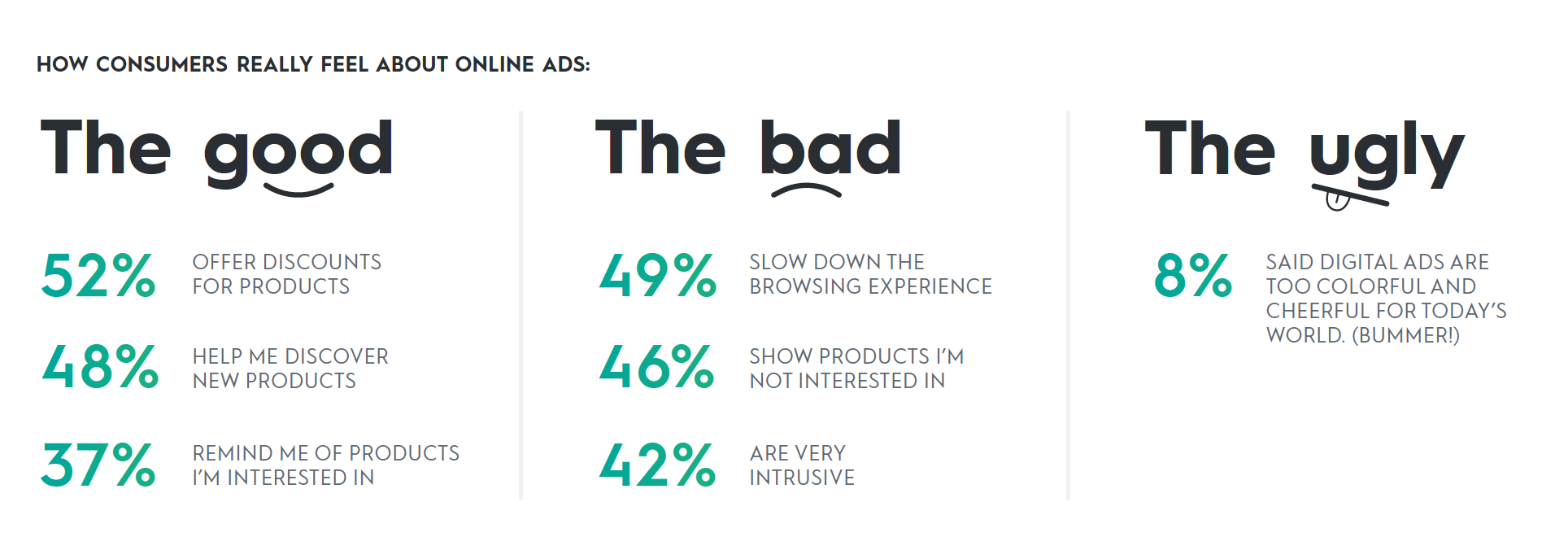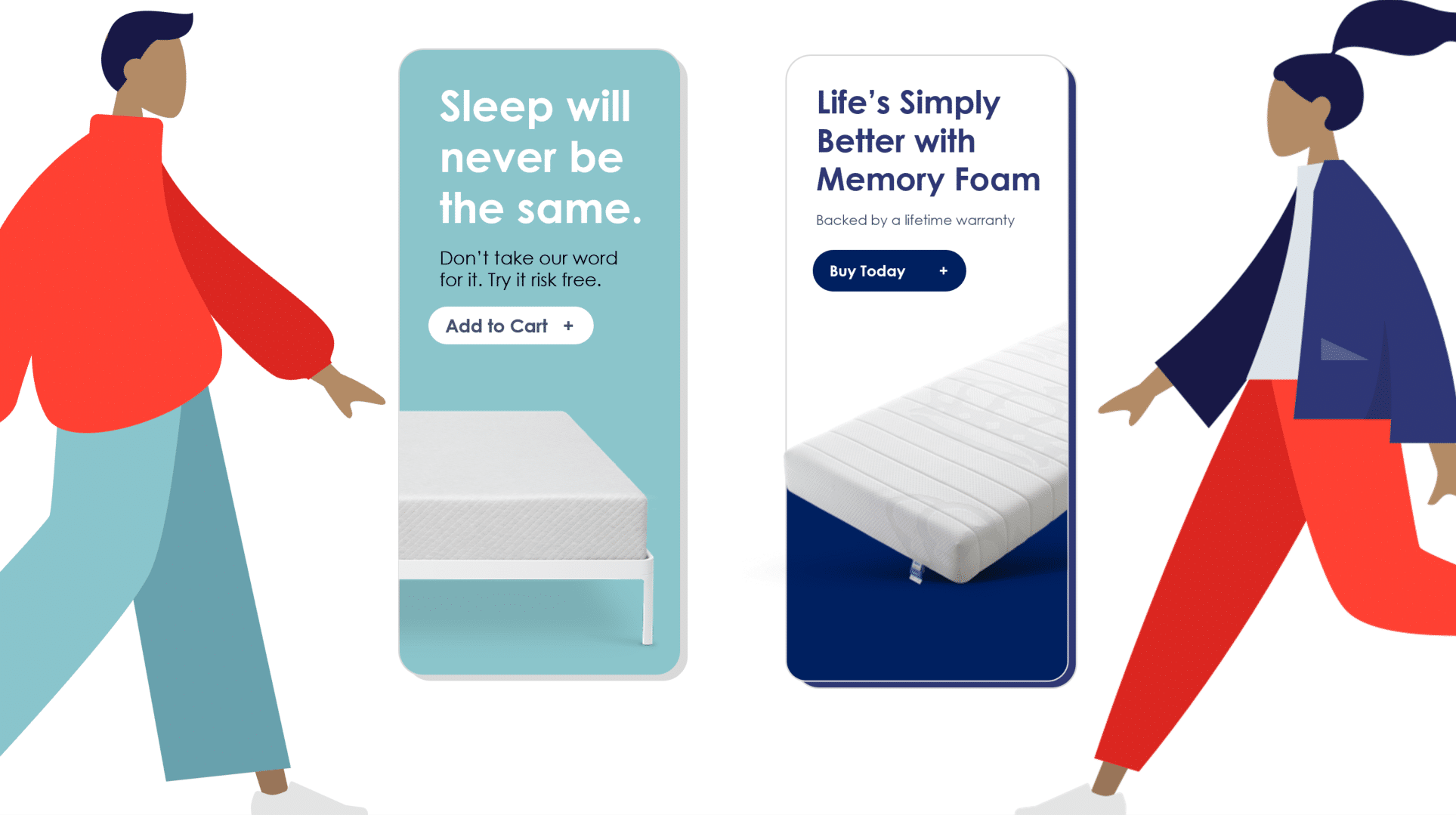Personalization is no longer a nice-to-have but must-have for today’s businesses. Consumers expect companies to know what they prefer and what they’re in search of. Modern customer journeys are no longer linear, and people work their way down the funnel, from awareness to consideration to conversion, at different speeds and in different channels.
To connect with consumers all along the way, the next tier of customer communication is going to require what Criteo calls hyper-relevant ads.
Powerful AI can help deliver hyper-relevant content for each individual based on their behaviors, purchases, and preferences. As more is learned about each person, the technology gets better at predicting the right creative and the right messaging at the right moment. Here’s why hyper-relevant ads are a necessity in the new age of brand advertising.
How Consumers Really Feel About Online Ads
In our current digital climate, ads aren’t the nuisance; irrelevant ads are. The more data that can be processed with AI, the better your ads can target your customers and offer them the best possible experience.
In Criteo’s “Why We Buy” survey, we asked 1,000 consumers in the US what makes them stay loyal and what makes them engage with ads.
On the bright side, 48% said that ads helped them discover new products, and 37% were reminded of products they’re interested in.
Alternatively, 46% of respondents said that they were shown products they weren’t interested in, followed by 42% who said that the ads were very intrusive. Lastly, 8% of those surveyed said digital ads they experienced were too colorful and cheerful for today’s world (ouch).
The Age of Hyper-Relevance
Personalization involves product recommendations and locale targeting. Hyper-relevance gets down the person-level measurement and attribution, identifying the intent of individual consumers rather than grouped cohorts. On the consumer’s end, these hyper-relevant ads should reflect their interests down to the detail of past purchases, search behavior, and prior engagements.
Like any sales funnel, there are three stages to recognize: awareness, consideration, and conversion. Advertising across this customer journey has specific goals to help educate prospects as they eventually come to the point of purchase.
Behind the Algorithm
It’s more important than ever for businesses to process a massive amount of data in order to reach the right customers at the right time with the right creative, wherever they are in their customer journey.
Deep learning models are trained to find patterns from huge historical data sets, including all online shopping behavior and offline point-of-sale data, and predict what each user wants next. The resulting ads are tailored to each individual, increasing the likelihood that they’ll engage and convert.
Hyper-relevant ad marketing is becoming the necessary standard of performance for businesses who want to connect to people effectively. Consumers welcome ads, but only if they are relevant to their individual situations.






















